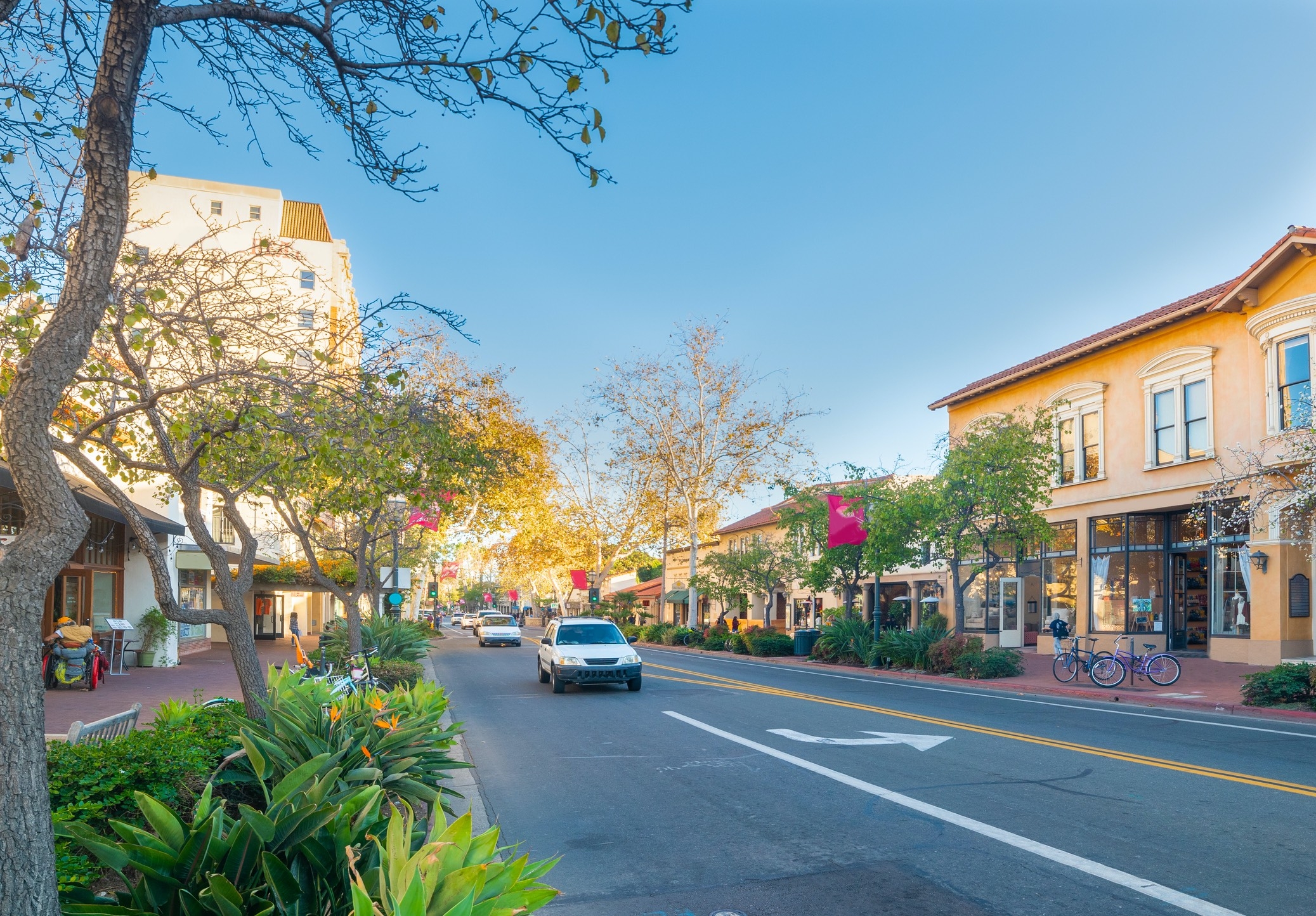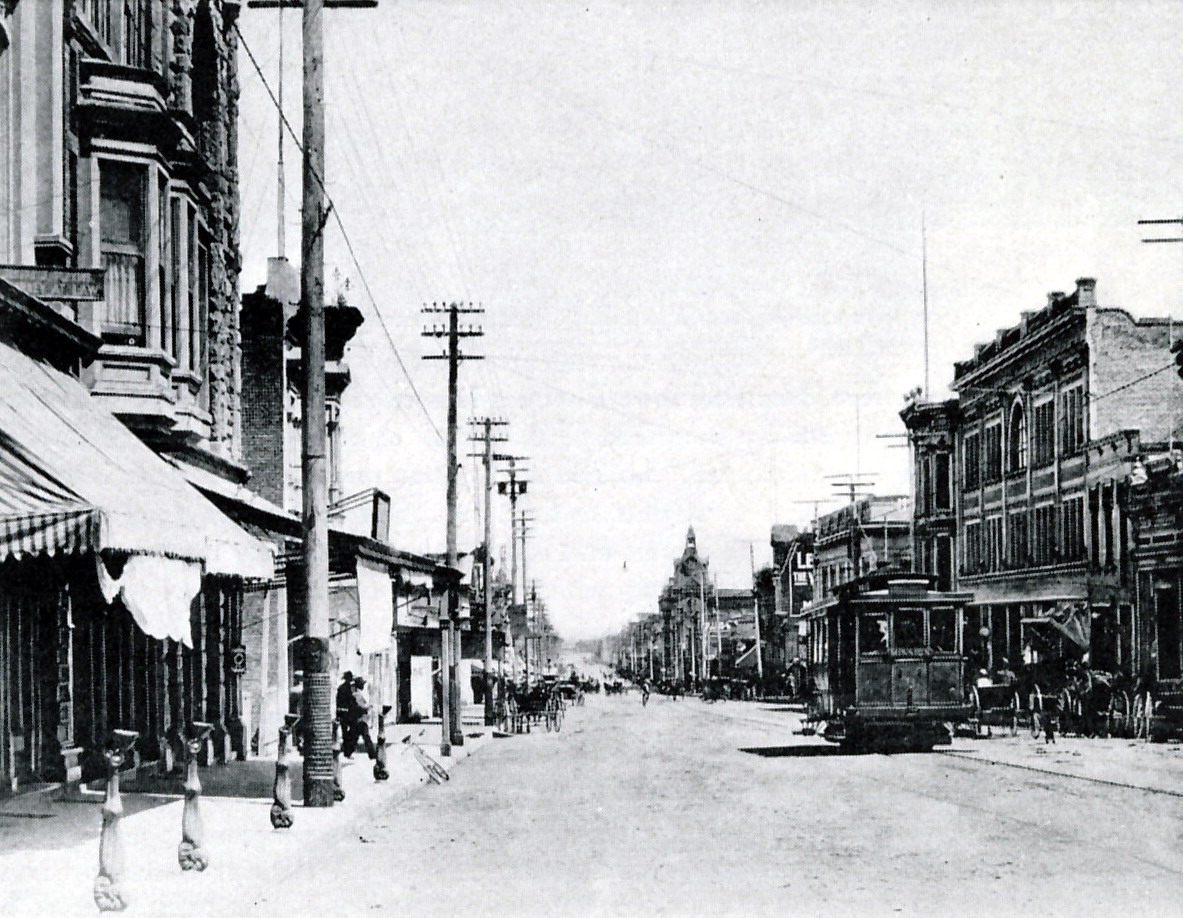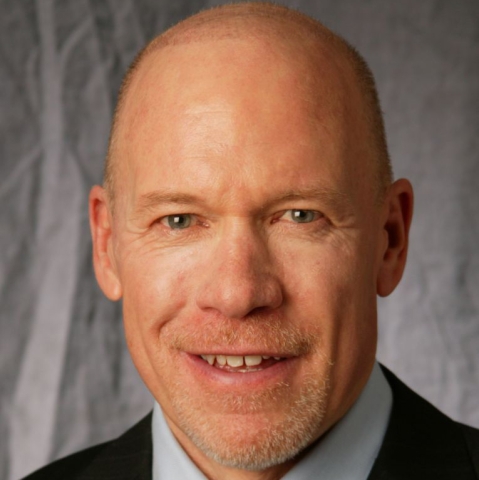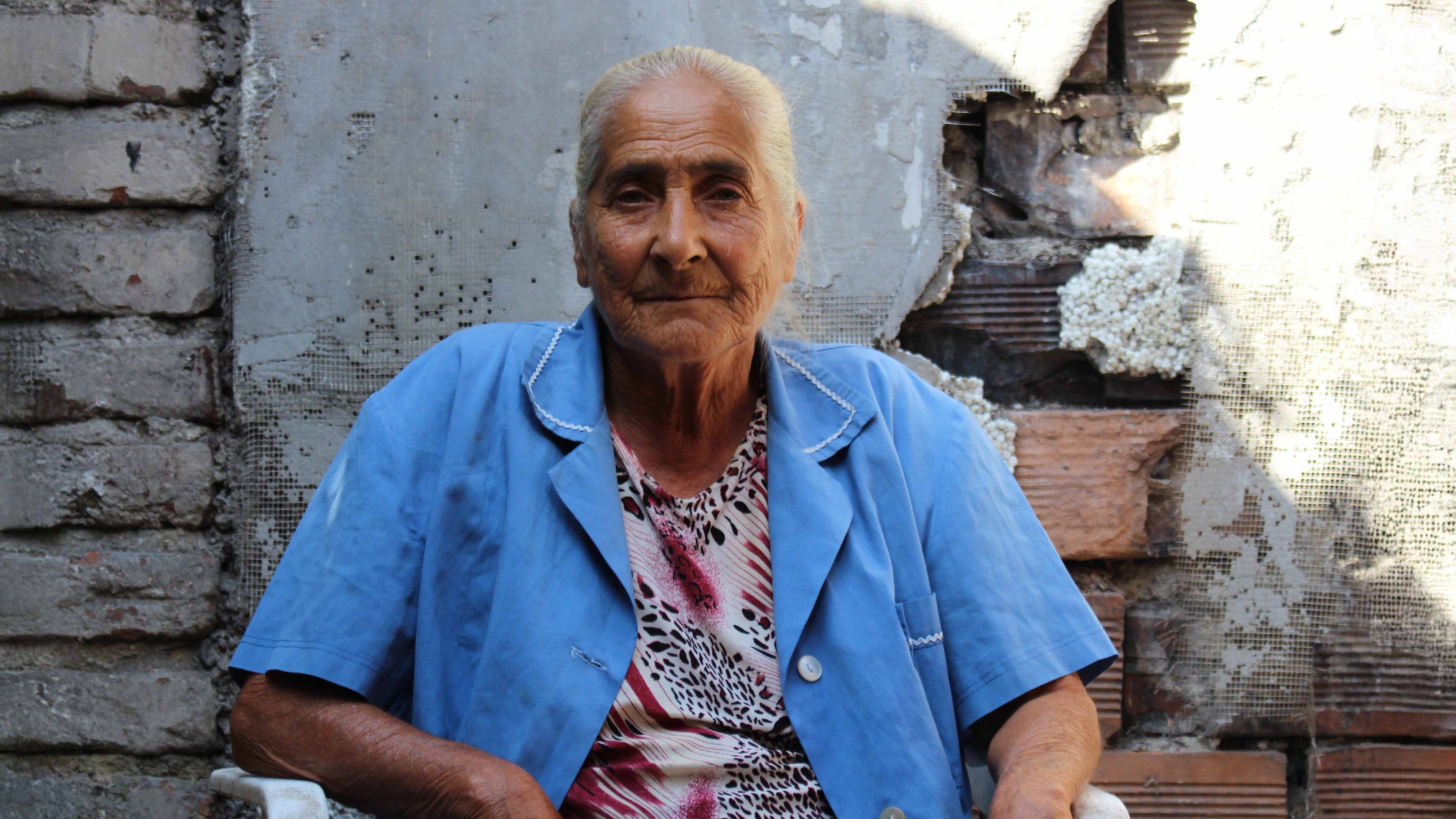
What would it take to rescue Santa Barbara’s flagging State Street? In some cases it might mean reconfiguring stores and storefronts; in others, creative use of existing space. It might also mean reopening sections to cars again. These and other ideas about the local economy were part of the Economic Forecast Project’s 2024 South County Economic Summit, an annual presentation on local, regional and national economic trends, hosted by UC Santa Barbara.
“I’m going to talk a little about inflation; that’s in the news right now,” said UCSB economics professor and EFP Director Peter Rupert, ticking off a list that included the Federal Reserve’s interest rates, the labor market and the possibility of a recession. With him were Radius Group Commercial Real Estate, Inc. principal Gene Deering, who updated the packed Granada Theatre on the state of Santa Barbara’s main commercial thoroughfare, and real estate developer Rick Caruso, who offered his perspectives on the successful establishment of retail and mixed-use destinations.
With a 14.86% vacancy rate from Gutierrez to Sola streets, a rate unchanged since 2019, State Street will have to evolve in order to recapture some of its former glory. It’s part of the ebb and flow of retail in Santa Barbara’s downtown.
“How (State Street) looks has evolved, and so has our retail climate,” Deering said. Downtown was the place to be for a long time, and then La Cumbre Plaza on Upper State siphoned some of the attention and traffic away. Downtown commerce came back with the 1990 opening of the Paseo Nuevo Mall, but the changes wrought by online retail drained away interest in storefronts and the commercial area has been fighting an uphill battle ever since.

When State Street was in its heyday, it was because of local support, Deering said, so creating a place attractive and convenient to local residents and shoppers would have to be part of any revitalization plan. The 400 block of State is the site of “the most exciting project downtown in my mind right now,” he added, a 78-unit apartment project that could house around 300 people. Other properties on that block might serve more local uses as well.
The 400 block of State is one of several areas along the corridor that are being examined by the City of Santa Barbara for a redesign, in hopes that a refresh would revitalize the commercial climate. Smaller retail and mixed use could be the future, as large retail spaces, such as the closed Macy’s and Nordstrom’s department stores, have fallen out of fashion.
“The spaces that are tough to fill are the 2,500 to 5,000-square-foot tenants,” Deering said. “There just isn’t demand for that.” Money is the confounding factor for both Santa Barbara city and developers when it comes to revitalization efforts, in the forms of a projected operating deficit of $7.1 million for the city, and increased building costs and a federal interest rate of 5.24 to 5.5% for any borrowers wishing to develop commercial or residential spaces in downtown Santa Barbara.
The Federal Reserve isn’t likely to bring that interest rate down any time soon, Rupert said as he brought everyone up to speed on the general economic picture. Inflation has been trending upward, hence the high interest rate in efforts to cool it down.
“I will tell you, if we see one more bad inflation report coming up, there’s no way they’re going to cut rates this year,” he said. “You can bet on that.” Despite the drop in Gross Domestic Product from 4.9 two quarters ago to the most recent 1.6, he said, recession isn’t likely, and despite low job growth in the last month, there are still more jobs than there are unemployed people.
Locally speaking, however, Santa Barbara continues to lag behind the country in employment recovery since the pandemic. Job postings have declined steadily since 2022, and currently the majority of hiring is coming from the healthcare sector, Rupert reported.
Getting back to State Street, the economics of saving it come down to supply and demand, and understanding incentives, Rupert said. This topic was explored in the panel discussion featuring Caruso, best known locally as the developer of the Rosewood Miramar Beach luxury hotel in Montecito. Retail has been doing well on his properties, according to Caruso. “But you have to have the right retail,” he added.
“State Street is one of the all-time great streets in the world,” Caruso said. “You’ve got some of the greatest architecture, you’re adjacent to the Pacific Ocean, you’re in a beautiful community — how could State Street not be great?” Among the improvements he discussed with Rupert and Deering were a more streamlined permitting process and making places more appealing and convenient to access, a mix between local- and visitor-serving amenities, and some proportion of local workforce housing. Incentivizing businesses and developers to contribute to workforce housing and other local amenities would go farther than taxes and tighter regulations for developers, according to the panel.
One of the hottest issues right now in downtown is the closure to cars on some segments of State Street. Enacted during the pandemic as a means of doing socially-distant business, the closures and the ensuing parklets have been a boon to some, but are a tricky issue for those concerned about emergency access and as well as the general flow of visitors. The panel leaned toward exploring the possibility that opening some blocks back up to cars might tip more people toward visiting downtown; Caruso attributed the success of his properties to his team’s efforts to “reduce the friction that people go through” to visit them.
Still, it’s not a one-size-fits-all situation; some areas struggle or flourish regardless of whether or not they have car traffic. Cars or no, Rupert said, the goal is to make it pleasurable and easy to visit State Street.
“The solution is not whether to close down the street to cars or not; it’s really to get more people living downtown and getting traffic to come downtown in terms of people,” he said.
Sonia Fernandez
Senior Science Writer
(805) 893-4765
sonia.fernandez@ucsb.edu




